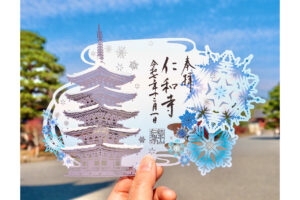
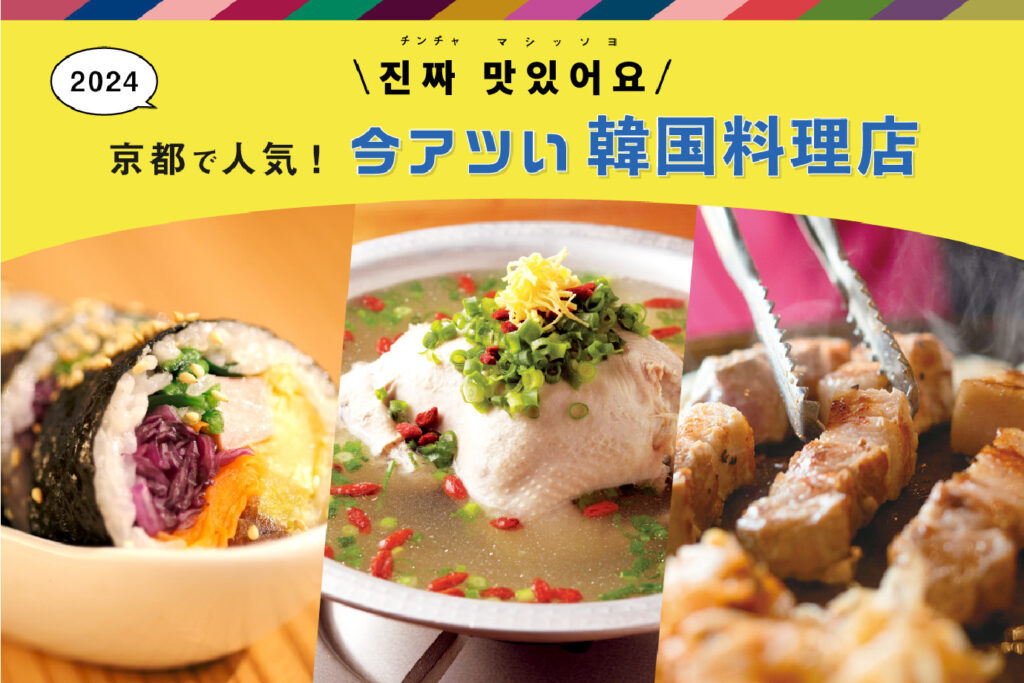

Over the past five years, the number of Korean restaurants in Kyoto has increased dramatically. Some offer authentic Korean flavors, others offer healthy home-style Korean cuisine, and still others are neon-lit restaurants that are a must-see on SNS.
今回は、ランチやディナーに行きたい今アツイ京都の韓国料理店14店を大特集!あなたにぴったりのお店がきっと見つかるはず。最後までチェックしてみて。
At Irile Gosho Minami (Nakagyo-ku, Kyoto), a Korean restaurant in the Karasuma-Oike area, diners can casually enjoy ginseng-do (ginseng chicken soup), a representative dish of the "medical food" principle. The restaurant's ginseng ginseng soup is based on a recipe directly handed down from the owner's mother, the proprietress who opened Hanmi Ichi in Tsuruhashi (now Utsubo-honmachi), Osaka. The whole chicken is stuffed with glutinous rice and slowly simmered with ginseng, jujubes, and other ingredients used in medicinal cooking. The chicken meat falls apart, and the rich flavor of the soup, which is infused with the goodness of the ingredients, is sure to blow away your summer fatigue.
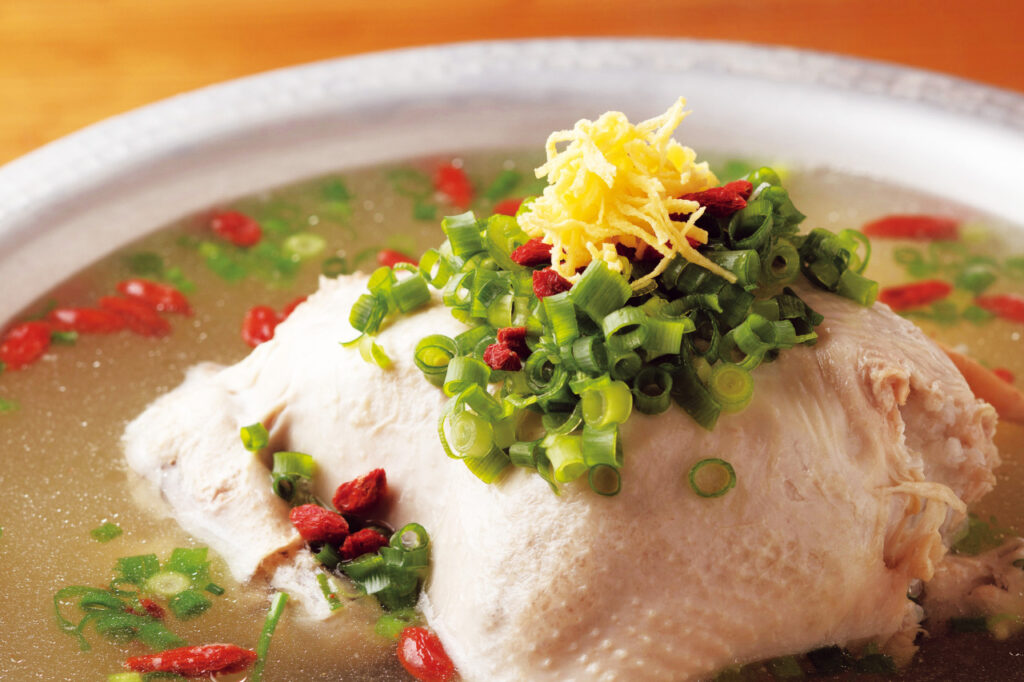
The standby courses including Park San Jun's ginseng chicken soup are pine, bamboo, and plum (from 4,950 yen). The ginseng chicken soup is loosened in front of you by the staff to make it easier to eat, so first-timers don't have to worry!


A renovated machiya (traditional Kyoto townhouse) that blends into a quiet residential area. Inside the restaurant, you can take off your shoes and relax at a table, where you can enjoy a quiet moment while looking at the tsuboniwa garden.

Located in Ponto-cho, Kyoto's elegant flower district, is a high-class Korean restaurant [Ponto-cho Yi Nanhe] (Nakagyo-ku, Kyoto City, Kyoto Prefecture). Here, you can enjoy Korean-style meals of carefully selected black Japanese beef from the Kyoto meat market. The Shinshu Premium Wagyu Beef Bulgogi is highly recommended. This sumptuous dish consists of sweet Wagyu beef thighs marinated in a special sauce, grilled with Korean vermicelli and vegetables, and wrapped in a vegetable wrapper.
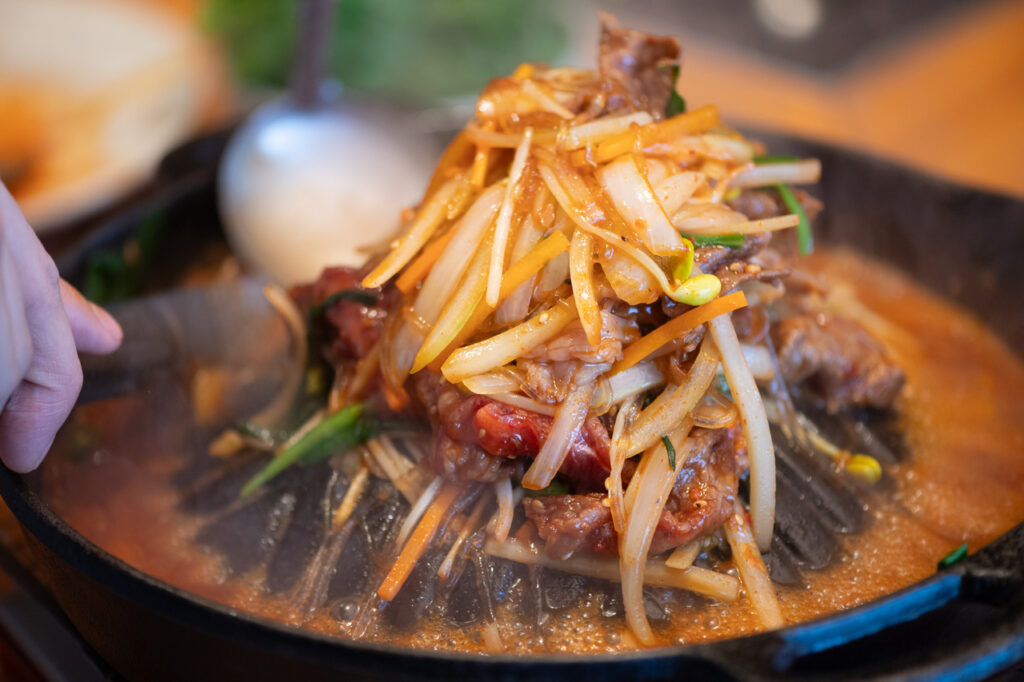
Shinshu Premium Wagyu Beef Special Bulgogi is 6,000 yen for two people. Single items can be ordered, but course menus are also popular, such as the 12,000-yen "Leave-it-to-me" Korean set meal and the 9,000-yen and up "Seasonal and Free Korean Set Meal" and others.

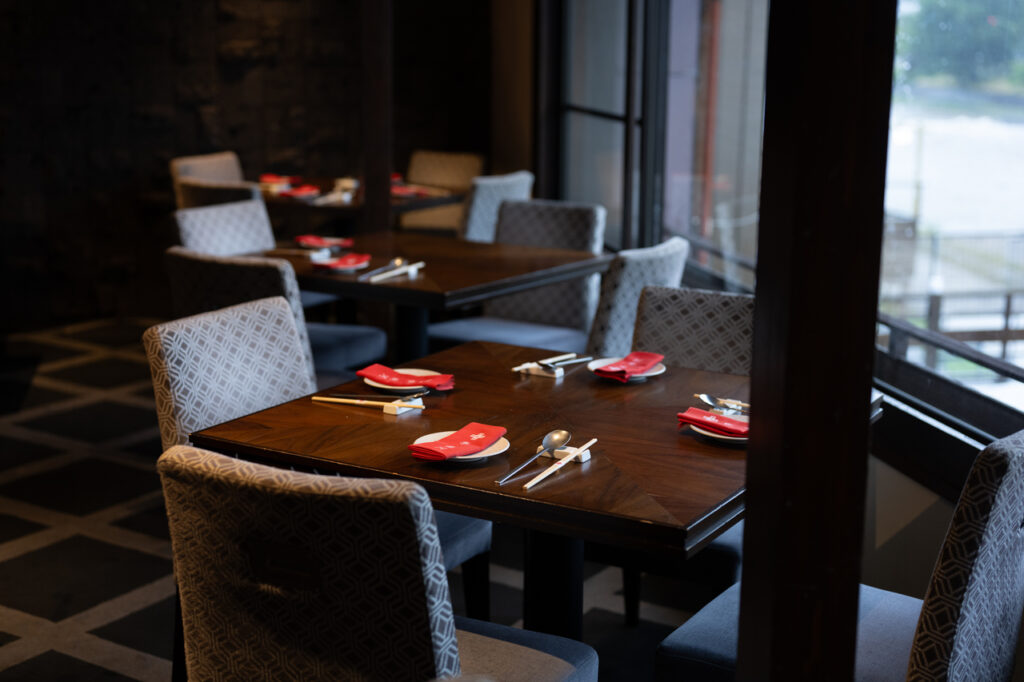
The store is a two-story renovated machiya (traditional Kyoto townhouse). The shop is an atmospheric space with Yi Dynasty furniture placed throughout, blending Japanese and Korean styles. The Kamo River can be seen from the large windows.

Karasuma Kogi Club (Kamigyo-ku, Kyoto City, Kyoto Prefecture) is the best place to enjoy samgyeopsal at a reasonable price in the Imadegawa area where many students live. The pork belly is 3 cm thick. It is super juicy and more than worth the price. The toppings include sunchu, sesame leaves, ssam (pickled radish), and other toppings to change the flavor. The value-priced menu, which includes special jjigae and pudae jjigae, is in the 2,000 yen per person range, making it a very cost-effective option.
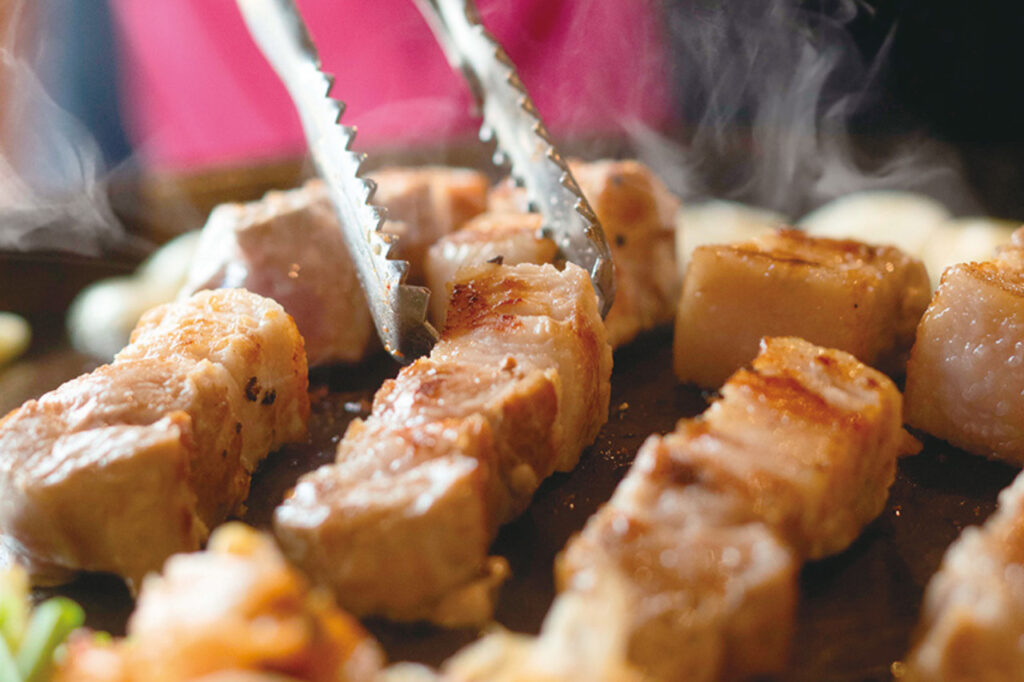
Special samgyeopsal for 1,280 yen per person (photo shows 2 servings). The staff skillfully cooks and cuts the meat.

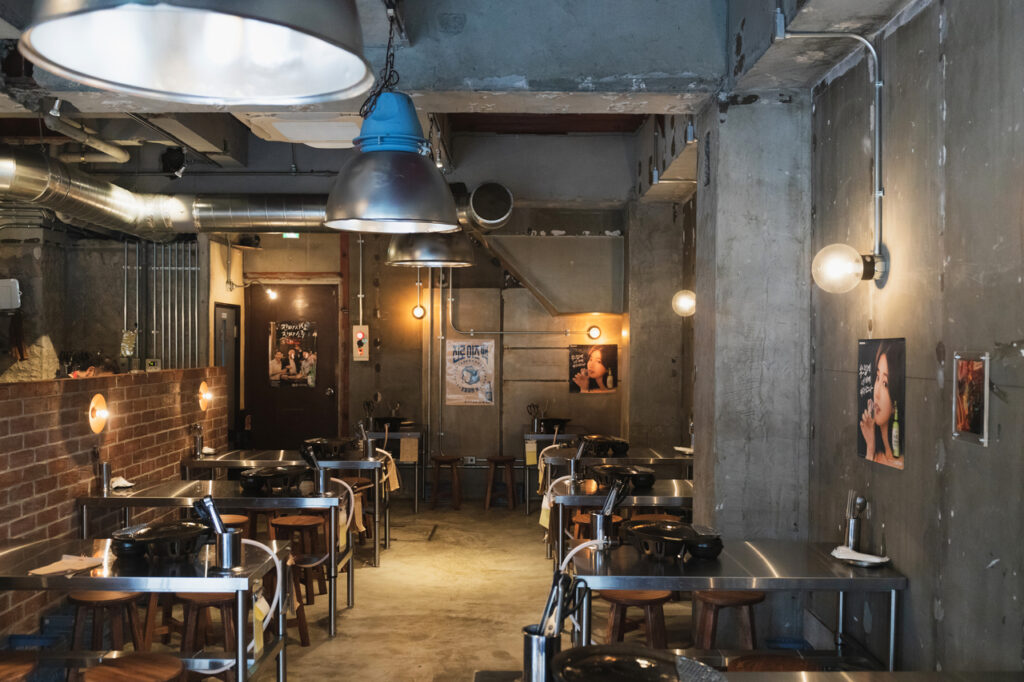
Brooklyn-style interior with exposed plumbing and concrete on brick exterior walls

In the quiet residential area of Kiyomizu Gojo, the restaurant Gusantoko (Shimogyo-ku, Kyoto City, Kyoto Prefecture) is one of the busiest places in the city. This Korean restaurant, run by a father and son, is popular for its taejikbap, sundaegukbap, and other traditional Korean soup dishes. At night, takganmari, a simple dish of whole chicken and green onions, is also popular. The soup soaked in chicken broth has such a rich flavor that you will want to drink it all up. Leave room in your stomach for ramen or rice porridge to finish off the meal!
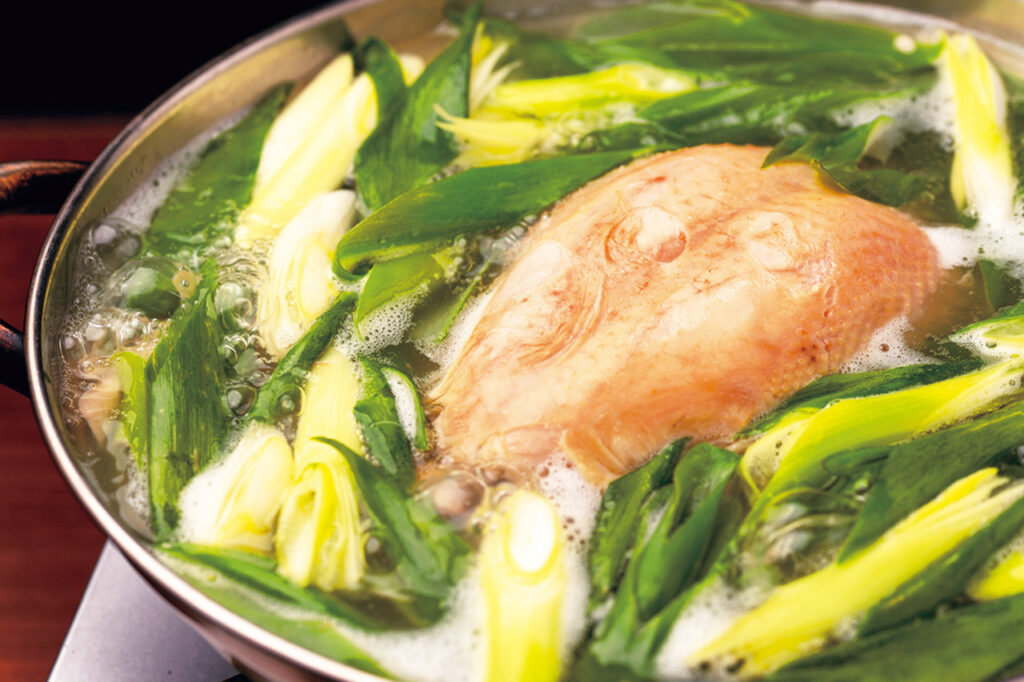
Tatkang Mari 3,300 yen. Toppings such as tteokbokki, Korean vermicelli, and potatoes are available. Add chives and kimchi for a spicy flavor. Enjoy changing the flavor!

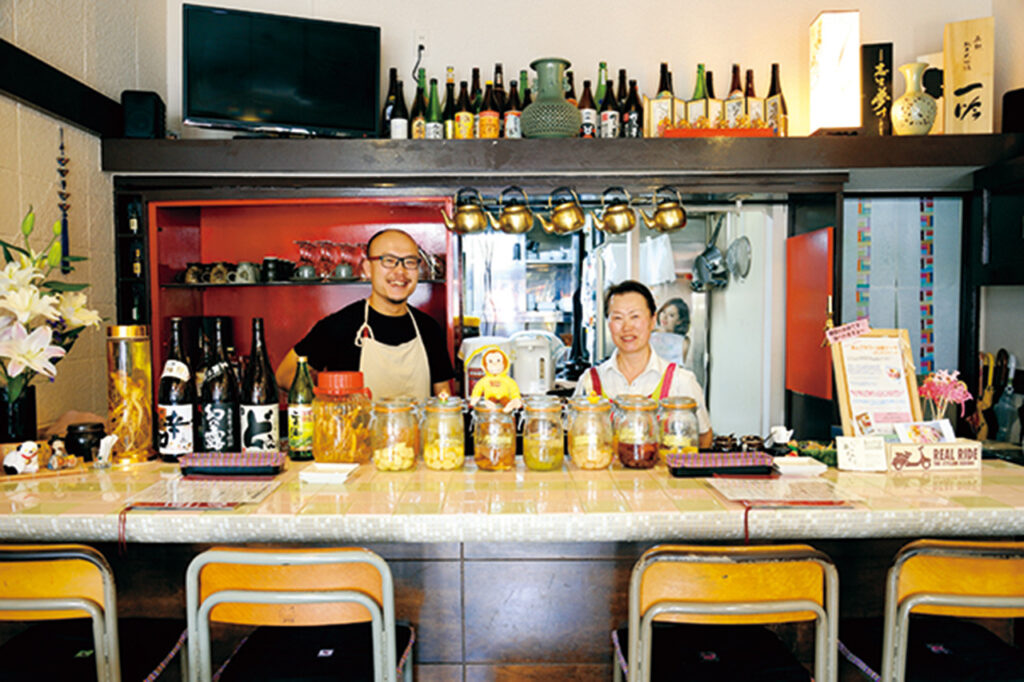
The restaurant has a nostalgic atmosphere with wooden chairs and blackboards that remind us of sitting in elementary school. During weekday lunch hours, the restaurant is packed with office workers and local customers!

Demachi Stand (Kamigyo-ku, Kyoto), located at the intersection of Kawaramachi and Imadegawa, has started an all-you-can-eat samgyeopsal course in response to enthusiastic requests from guests. The menu offers 11 unique types of meat, including salted lemon samgyeopsal with lemon on top and Chinese-style hot and spicy samgyeopsal. The all-you-can-eat course also includes a la carte dishes such as pancakes and tteokbokki, making it a full meal course that you will not want to overeat!

Choose your favorite from two types of courses: the all-you-can-eat samgyeopsal course or the all-you-can-eat samgyeopsal ladies' course, which includes a wide variety of a la carte dishes and dessert. Both are 2580 yen (120 minutes, last order 30 minutes before)

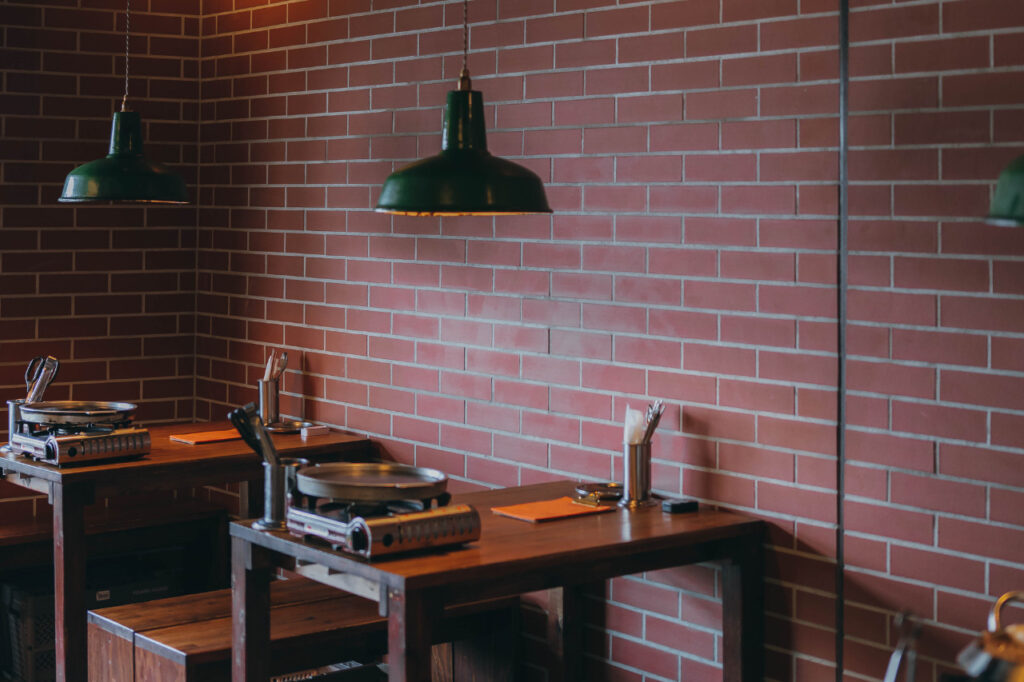
The brick walls and green lighting are photogenic. Enjoy casual Korean food in a retro atmosphere with posters of Korean soju.

Han-Xan is a dining bar (Nakagyo-ku, Kyoto City, Kyoto Prefecture) where you can enjoy a variety of creative Korean cuisine in the Shijo-Kawaramachi area of Kyoto. Among the dishes, the aged samgyopsal is a must-try. Thick pork aged by skilled artisans is juicy, tender, and full of flavor. The pork is grilled right in front of your eyes on a special iron plate imported from Korea.
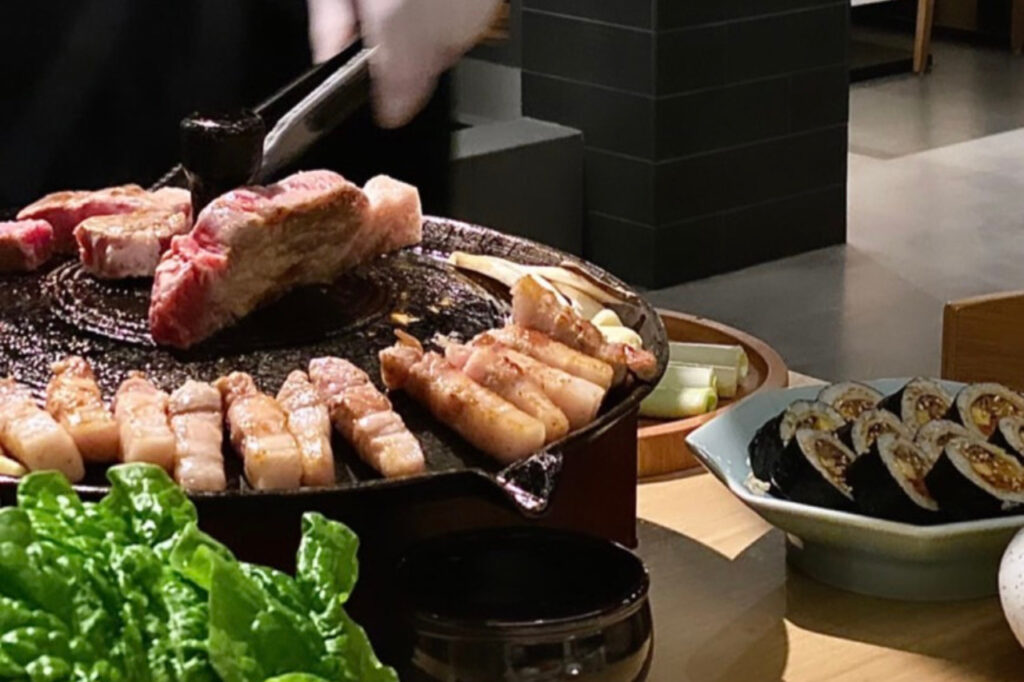
Aged samgyeopsal (150g), simply seasoned with white pepper and sesame oil and packed with flavor (1,390 yen)

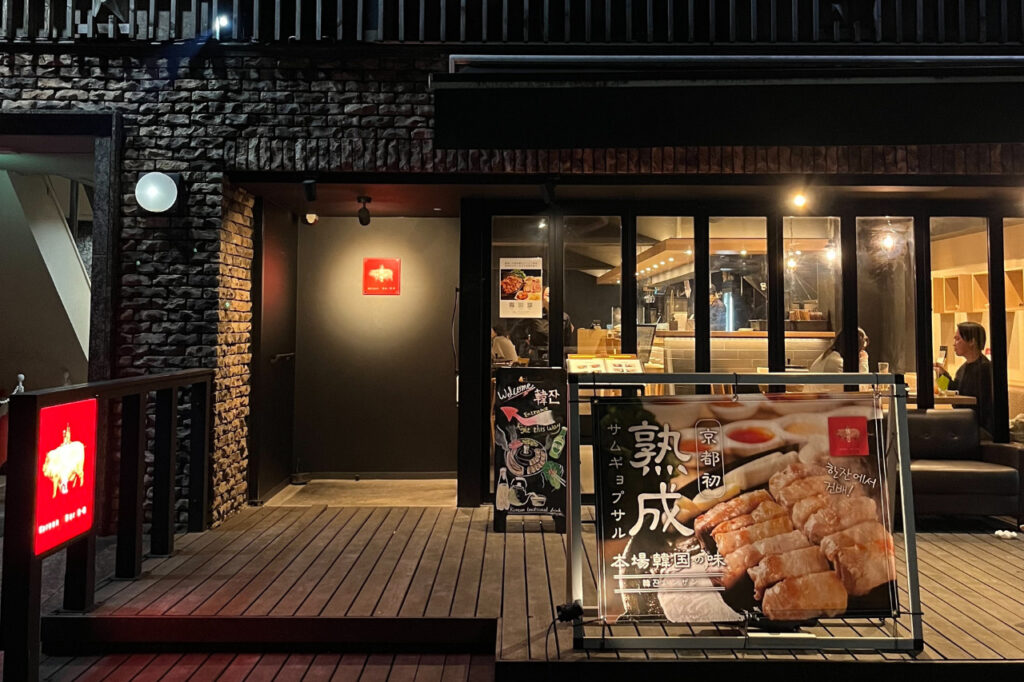
The all-you-can-drink 100-minute course including aged samgyeopsal for 5,500 yen is also popular. You can also enjoy a variety of alcoholic beverages in the modern black-themed restaurant.

Siktan Miho (Kamigyo-ku, Kyoto City, Kyoto Prefecture) is located in a back alley one street east of Senbon Dori. The chef, who has a background in Italian and French cuisine, uses only the best seasonal ingredients, and offers a completely new and creative Korean cuisine that combines his own roots in Korea. In addition to a four-course short course menu that changes daily and a seven-course menu featuring seasonal ingredients, the restaurant also offers a la carte dishes such as water-cooled noodles with Miyama chicken and dried stock, and Kanjangseu with sweet shrimp.
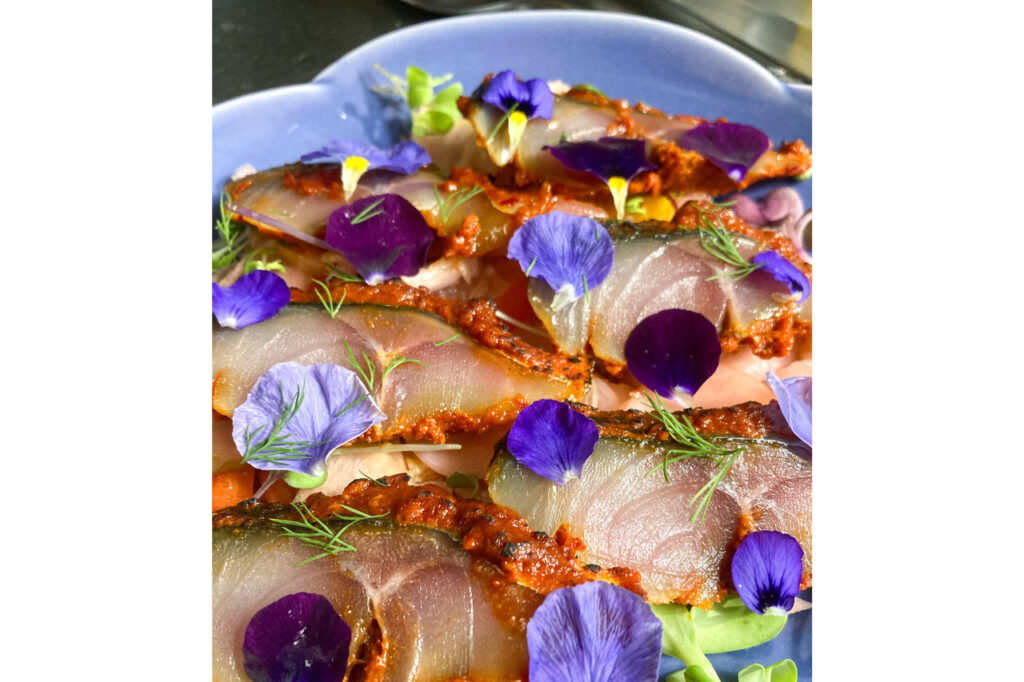
A la carte shime saba kimchi and water kimchi: 1,573 yen. A refreshing dish of water kimchi layered over shime saba marinated in special yangnyom and flavored with ginger.

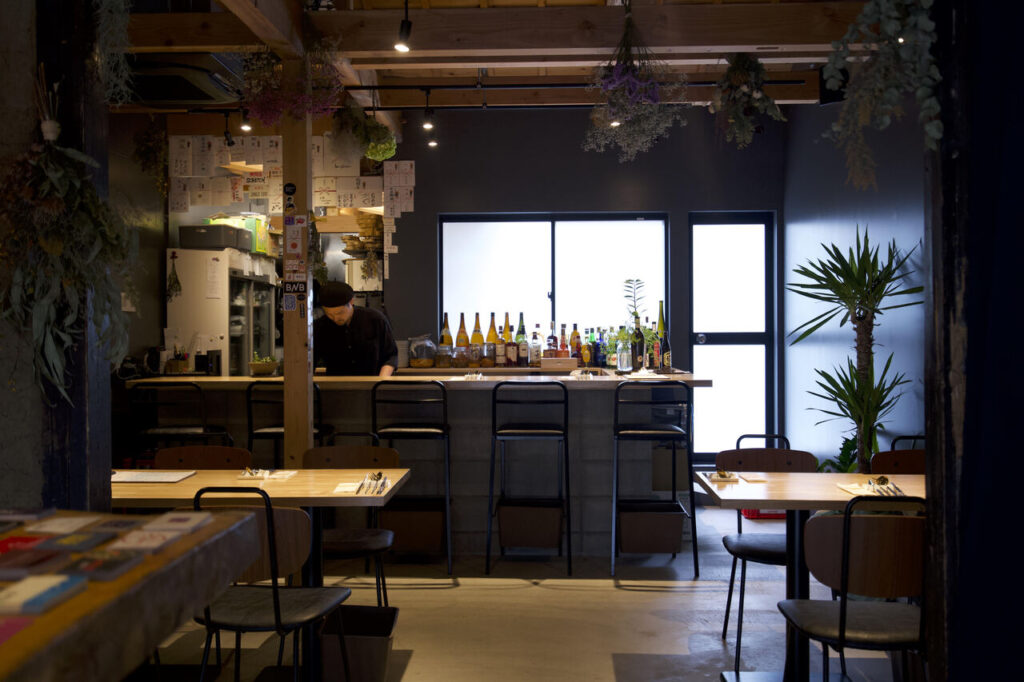
The restaurant has a calm tone with dimmed lights. In addition to table seating, there is also counter seating, making it a great place to enjoy food and natural wine alone.

Rico cafe (Nakagyo-ku, Kyoto City, Kyoto Prefecture) is located on the southeast side of Nijo Station, where the atmosphere of the Showa period still remains. This café offers Korean cuisine and traditional Korean sweets created by Mr. Kim, who has experience as a chef and owner of a Korean pub. The main dish, tenjang jjigae made with additive-free country miso has a unique aroma and a deep, rich flavor that will make you feel relaxed. If you are feeling tired and want to take care of your body, please come to the restaurant.
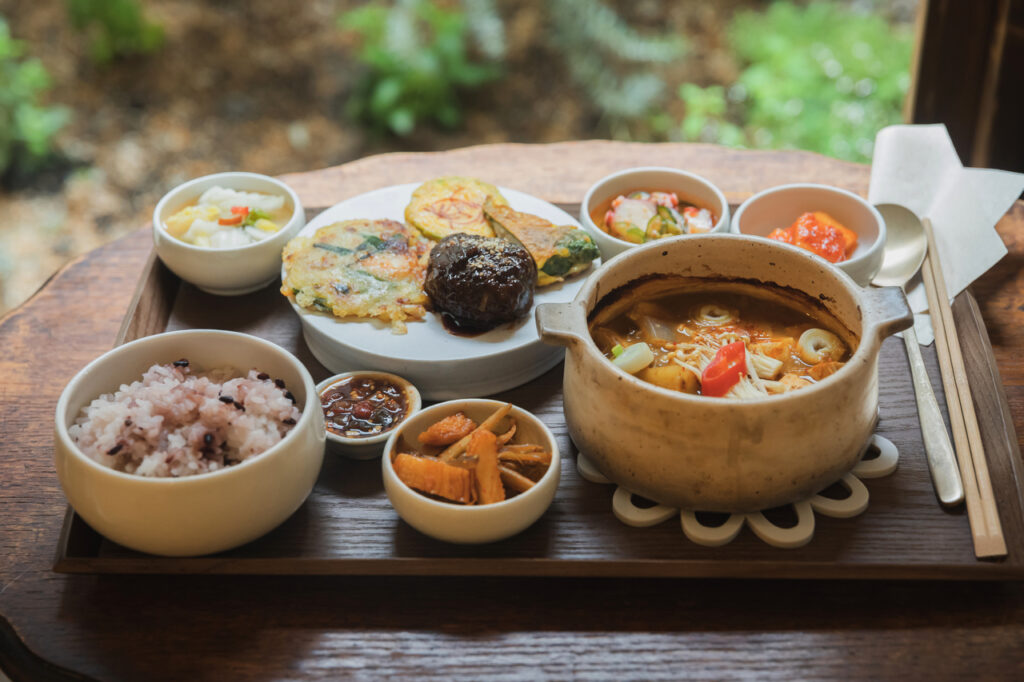
Goyuzuriwa rice bed for 2,200 yen is limited to 8 to 10 servings per day. The rice to be enjoyed with tenjang jjigae is millet rice mixed with Milky Queen from Shiga Prefecture and black rice from Korea. Side dishes change according to the season.

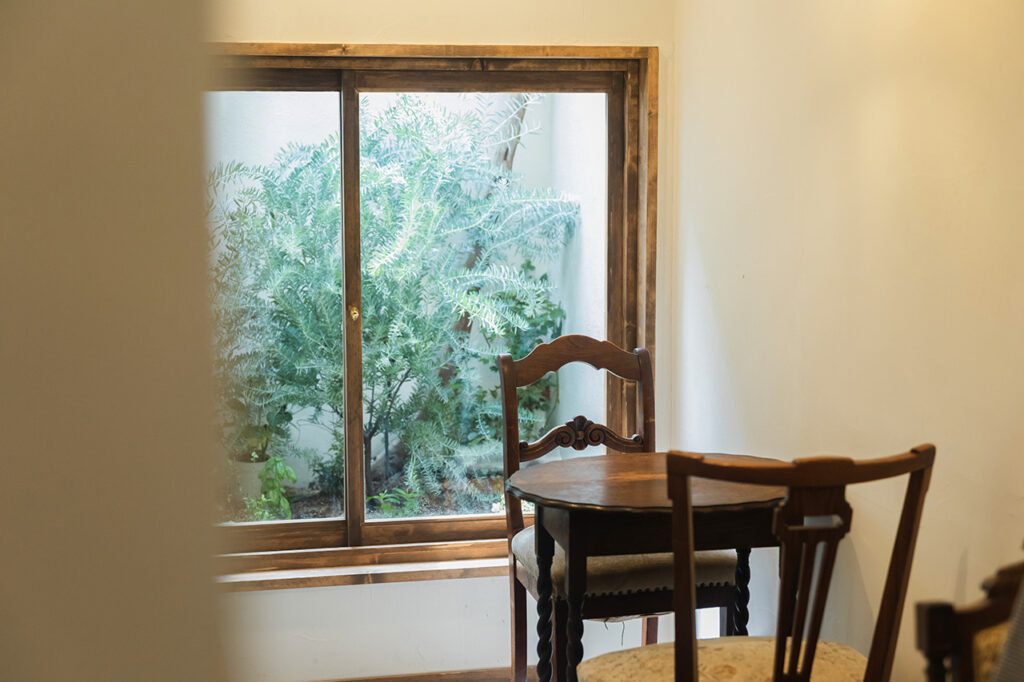
The cozy restaurant has a total of 10 seats. The restaurant is decorated with wood furniture and natural light coming in through the windows, creating a warm atmosphere in which you can enjoy Korean home-style cuisine.

Hidden away in a back alley near the Shijo-Karasuma intersection is Brisket RONY (Nakagyo-ku, Kyoto City, Kyoto Prefecture), a restaurant specializing in chadorbagi, marbled beef ribs. The restaurant's chadorbagui is made from Japanese black beef. The fatty meat melts in your mouth, and the more you chew, the richer the flavor spreads. The restaurant offers unlimited refills of the special broth egg around the teppan (iron plate)! You can dip it in the broth and eat it, or wrap it in lettuce with tilefish clams and kimchi. You can also enjoy it wrapped in lettuce with tairagi clams and kimchi, arranging it to your liking.
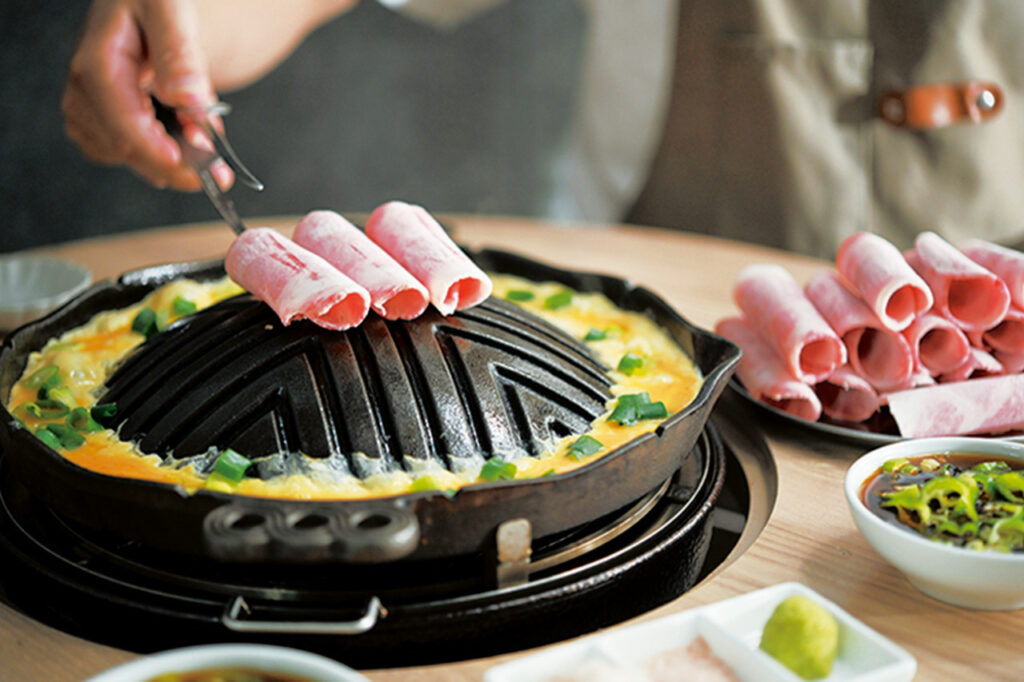
Chadorbagi (Tail Shell Set) 2,600 yen per person includes black beef chadorbagi, endless dashi egg, and tail clams.

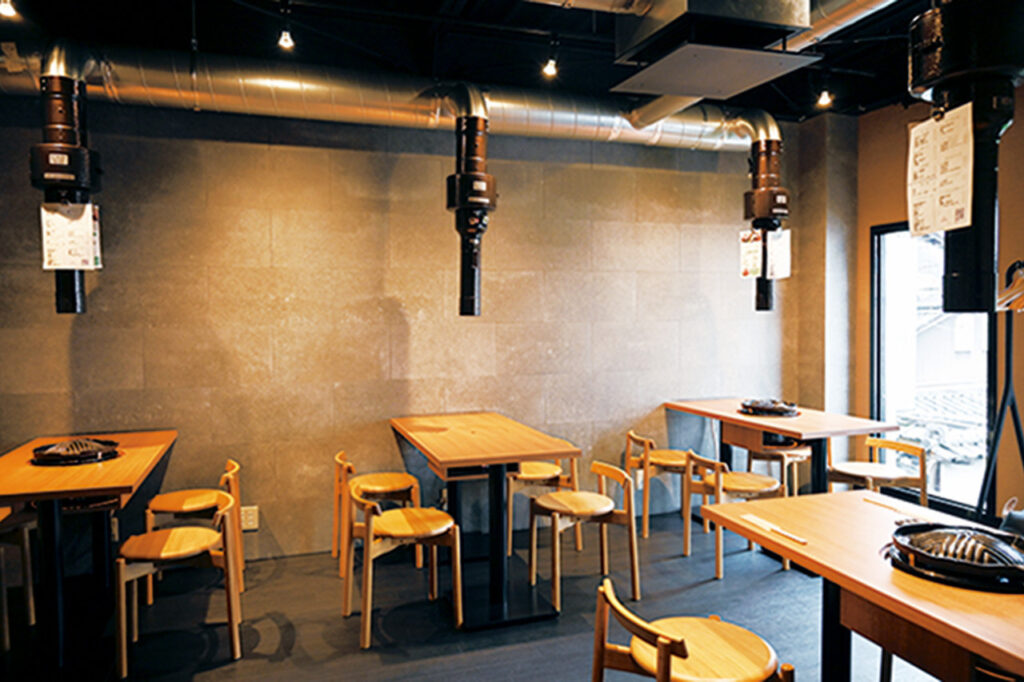
The first floor seats are perfect for a quick drink and a quick bite to eat, while the second floor seats allow you to relax in comfort!

The original King of Jjimini is located in the Kujo area south of Kyoto Station, a fierce battleground for Korean cuisine. The restaurant offers a wide variety of dishes such as Korean barbeque, samgyeopsal, japchae, and tteokbokki, but the signature dish is the King of Jjimmy. The signature dish is the king of chijimi, which is served on a sizzling iron plate in front of the guests. The pancake is a home-style dish of the owner's mother, arranged to Japanese tastes, and is fluffier and thicker than Korean pancakes. Enjoy the crispy outside and fluffy inside.

Kabocha, leek, onion, cabbage, pork, and Korean rice cake "tteok" are added to create a filling and satisfying dish for 800 yen.

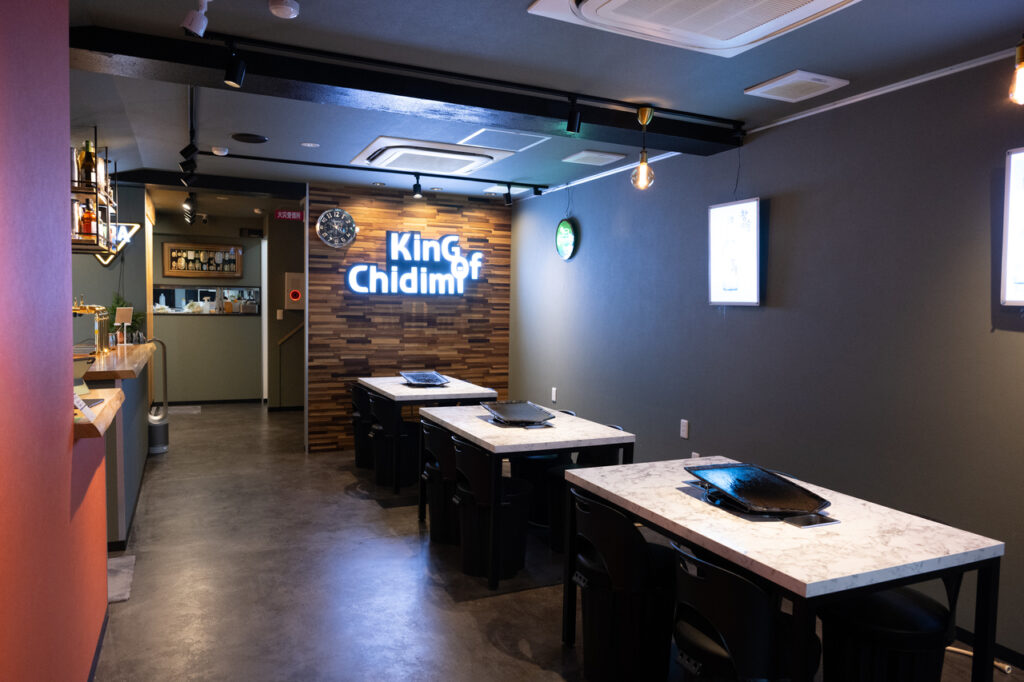
The neon sign "KING of Chidimi" takes center stage on the first floor interior. The restaurant is built on three floors, with each floor offering a different atmosphere in which to enjoy a variety of Korean cuisine.

Two minutes north of the Oike Bridge. Pinyo Shokudo (Sakyo-ku, Kyoto City, Kyoto Prefecture) is located in a quiet area with excellent access from the city center. The restaurant offers Korean soup set menus at the counter, which is unusual for a Korean restaurant because it was designed to be "easy for a woman to enter even by herself. The best item on the menu is the Sundubu set meal. The soup is light and spicy with pork and clam broth. The soup is light, spicy, and spicy, and you should finish it while breaking up the soft tofu!

The sundubu set meal comes with three side dishes and rice for 1,150 yen. The set meal with wrapped vegetables is 1,300 yen. The cereal rice procured from Shiga Prefecture is shiny and fluffy. Eating it together enhances the flavor of the soup.

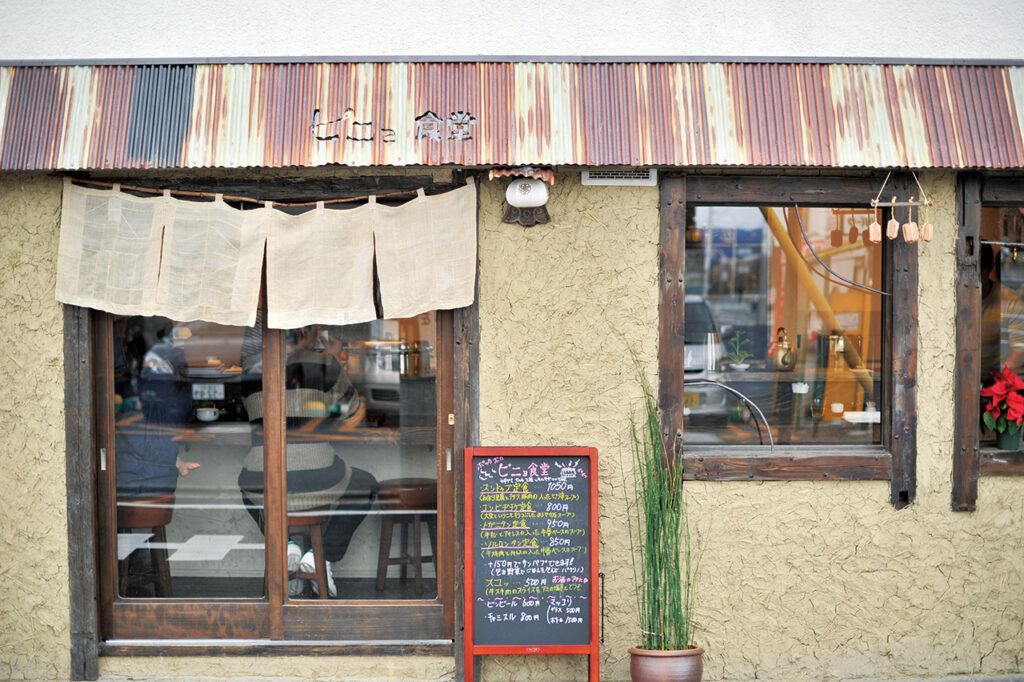
The warm exterior of the restaurant is decorated with a traditional Korean "pojagi" curtain. During the daytime on weekdays, there is often a line of customers waiting to enter the restaurant.

Located five minutes south of Shijo Teramachi is [hahaha] (Shimogyo-ku, Kyoto City, Kyoto Prefecture). In the restaurant where pleasant folk songs play on vinyl records, you can enjoy set menus and slightly maniacal side dishes that are perfect as accompaniments to drinks from daytime to night. Recommended is kosari yukkejang, a local dish from the southern Korean island of Jeju. It is a simple yet powerful soup made of finely chopped royal ferns and pork, and is flavored with garlic.
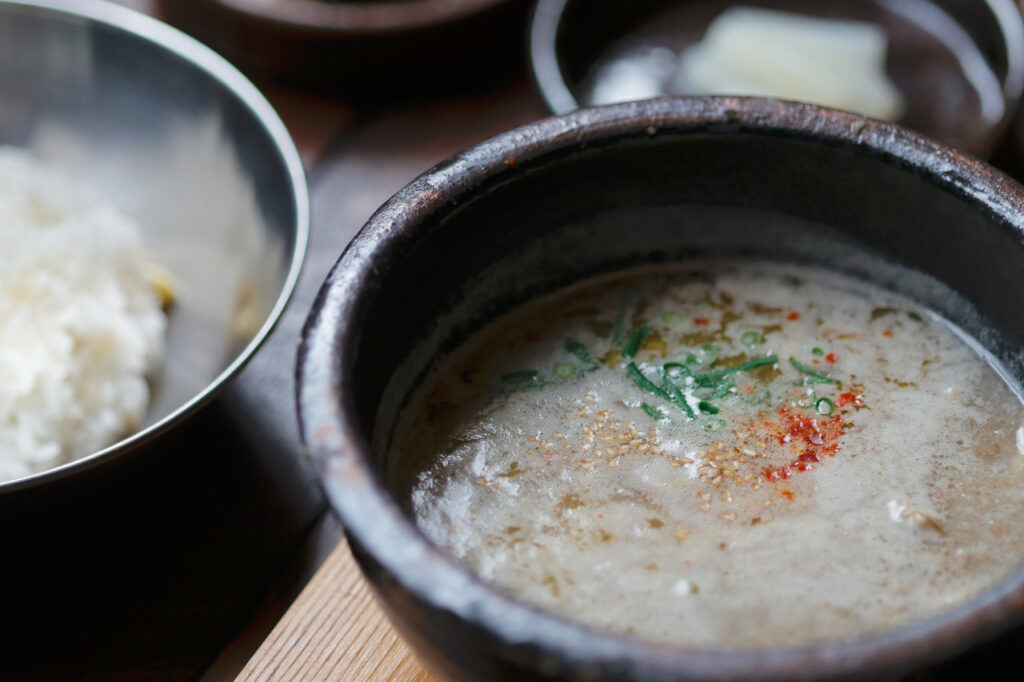
The Kosari Yukkejang set meal comes with three side dishes and rice for 1,500 yen. Bean sprouts are placed under the rice and served with namul or kimchi as a side dish.

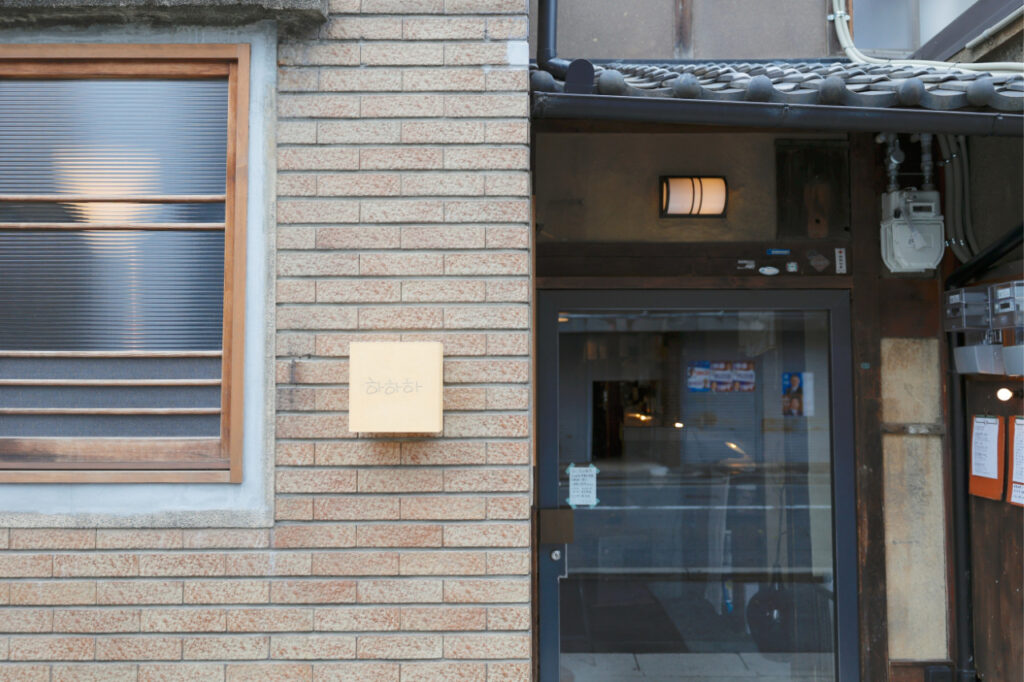
The "하하하" sign, which is lit slightly, fits the atmosphere of the store in a renovated Kyoto machiya (traditional townhouse).

MUL (Nakagyo-ku, Kyoto) is located 3 minutes north of Shijo Dori on Magashiyacho Dori. Here you can enjoy kimpah made with organic vegetables and other one-of-a-kind Korean dishes along with natural wines. Chef Ayano Otsuka, a.k.a. Chan, has been a fan of her vegetable kimpa since before the restaurant's founding, using eight different ingredients rolled in a Japanese broth to create a gentle taste that Japanese people love.
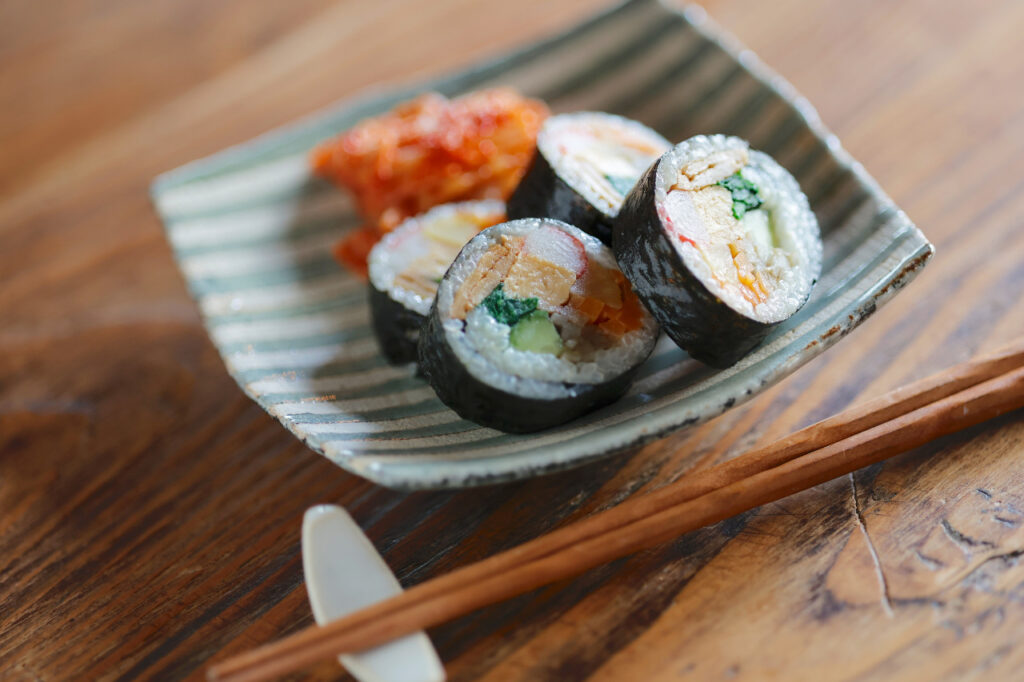
Chang's vegetable kim-pa is 600 yen for four slices. In addition to vegetables such as cucumbers, carrots, and spinach, it is filled with Korean oden (fish paste) soaked in broth and sweet and spicy gobo (burdock root), and is brightly colored!

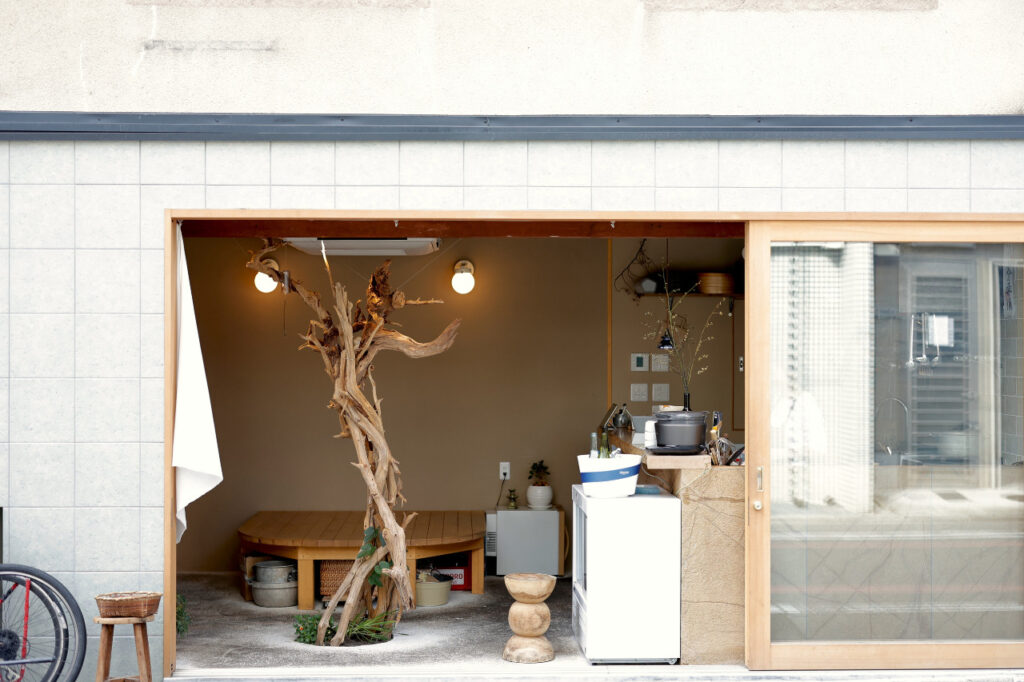
MUL, which has no signboard, is marked by a large driftwood tree on the first floor, and tables on the second floor, where you can enjoy a relaxing meal.

A Korean restaurant [Ippuku] (Kamigyo-ku, Kyoto City, Kyoto Prefecture) has appeared on Senbon Street. The specialty is oden, a dish familiar from local food stalls, and the restaurant offers an original mix of Japanese and Korean flavors. The spiciness is moderate to suit the Japanese palate, but can be adjusted with additional spices. In addition to the standard Japanese ingredients, there are also authentic ingredients such as Korean oden, which is made by skewering fish paste on jabara (baby sardines), and tteok (rice cakes), allowing customers to enjoy the taste of both Japan and Korea.
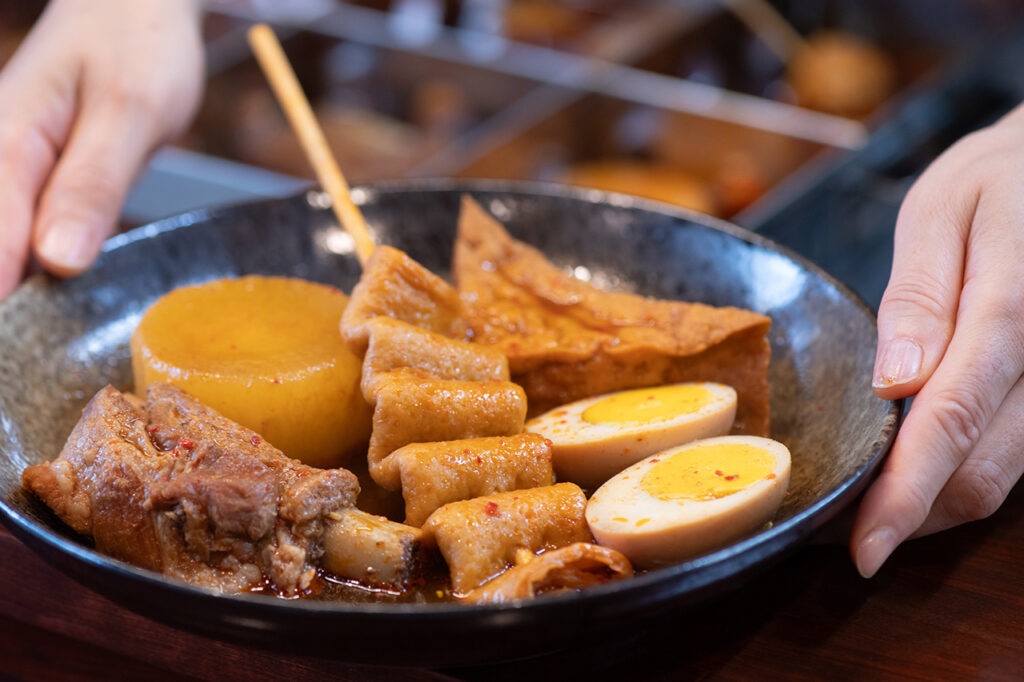
Korean-style oden (omakase) 5 kinds for 1100 yen. On this day, there were Korean-style oden, spare ribs, egg, daikon radish, and thick fried bean curd. The soup is based on a broth made from bonito and kelp, so the taste is very familiar to Japanese people.



Over 600 interviews per year! An order site carefully selected by the editors who knows Kyoto and Shiga.
nowOfficial LINE friend registration500 yen OFF coupon is being issued!
Distributed every Friday morning at 8:00 am! From new restaurant information to event information that we want to share with you, We deliver articles about Kyoto that are useful to know. About 20,000 people have registered.Click here to add a friend!
 News
News Feature article
Feature article Featured event
Featured event